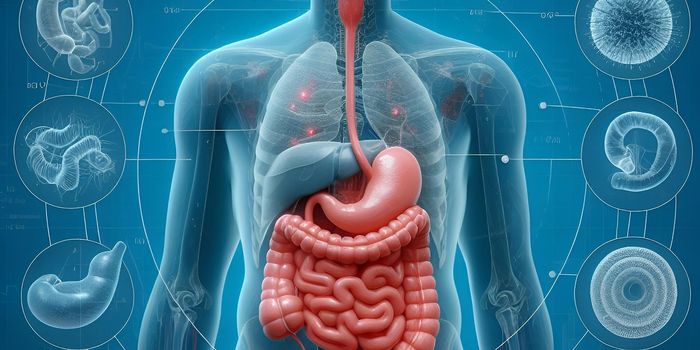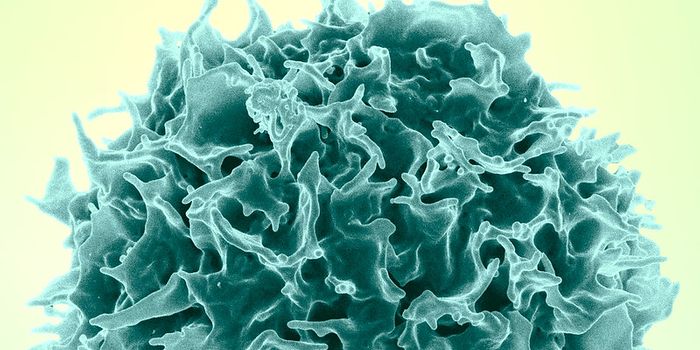Breath of Life: Nighttime Respiratory Rates Identify Which Heart Patients Need Surgery
Cardiovascular disease is the leading cause of death worldwide, taking nearly 18 million lives every year. Of these cardiac conditions, arrhythmia, or abnormal heartbeat rhythms, are among the most common problems.
When it comes to heart rates, anything below 60 and above 100 beats per minute is considered dangerous. As a therapeutic strategy, patients with arrhythmia are protected from the potential of sudden cardiac death through the implantation of a device called a cardioverter defibrillator, or ICD. This battery-powered implant monitors for blips in heartbeat rhythms and sends out electrical impulses to counteract them. Newer-generations of these devices have an additional pacemaker function, stimulating the heart to beat faster when the rhythm detected starts to taper off.
The true value of ICDs to cardiac patients has, however, been a black box for cardiologists. It’s difficult to identify which patients would benefit most from the implantation of the device, particularly considering the risk of potential complications during the surgery. Now, scientists at the Technical University of Munich (TUM) have identified a biological metric to help predict whether a defibrillator will help, using the patients’ nighttime respiratory rate.
According to the experts, respiratory rates, in general, aren’t regularly tracked by cardiologists, but they should be. “The breathing rate has been largely ignored as a biosignal in the field of cardiology,” explained study lead Georg Schmidt.
“Our conclusions will now place a greater focus on this parameter. Especially in borderline cases, checking the patient’s breathing rate can help to decide on the right therapy.”
Over the course of four years, Schmidt and colleagues took respiratory and cardiac measurements of nearly 2,000 heart patients across various European cardiac hospitals. Roughly half of these underwent surgery to receive an ICD, and the other half were given non-surgical interventions. The team measured how participants breathed for 6 hours while they slept.
They found that overall, the patients with defibrillators had a 30 percent survival advantage over those who did not receive one. Interestingly, the team discovered a nexus between nocturnal respiratory rate and the effectiveness of ICDs. Patients with implants that took below 18 breaths per minute had a 50 percent survival advantage over the control group. However, those who took more frequent breaths did not have any added survival advantage with the implant.
This finding warrants larger, randomized studies to validate nocturnal respiratory rate as a marker for selecting patients best suited for ICD surgery, says Schmidt.
“This would involve dividing the patients observed to gain no advantage from the ICD in our study into two groups, with one having an ICD implanted and the other receiving conservative treatment. If a randomized study of this kind reveals that heart patients with a higher nocturnal breathing rate do not benefit from the ICD implant, they could be spared this invasive treatment in the future.”
Sources: The Lancet, Technical University of Munich.









